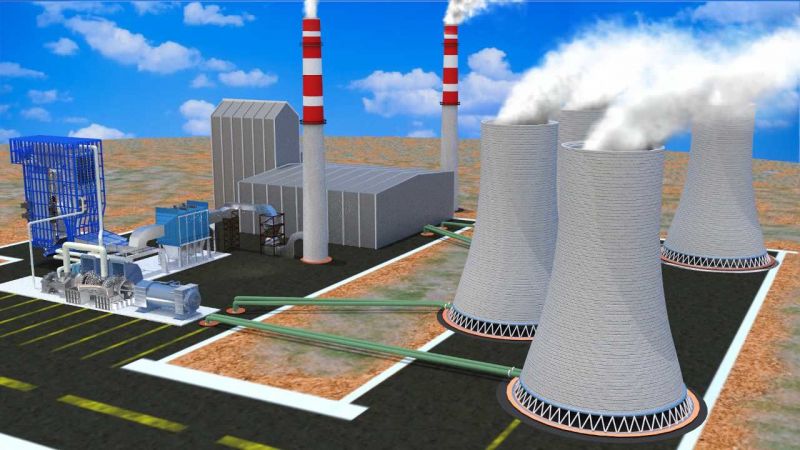Research Ties Water Stress In Europe To Future Power Supplies
Published on by Water Network Research, Official research team of The Water Network in Academic
In a paper published in Nature Energy, a group of researchers from the Netherlands estimated how water availability would affect coal, gas, and nuclear plants in the European Union out to 2030.

The researchers took into account a changing climate that will likely make water reserves scarcer and warmer, but they also accounted for progressive renewable energy policies in EU member countries, which are already prompting some thermoelectric plants to retire in favor of wind and solar (which need negligible amounts of water to operate).
The researchers also counted new coal, gas, and nuclear plants that are in the planning or construction stages and will likely come online before 2030.
The model tracked the “water footprints” of 1,326 thermoelectric power plants in Europe (that is, the amount of water they need to operate), as well as 818 water basins from which those plants draw water.
The researchers found that by 2030, plants along 54 water basins could experience reduced power availability because of lack of water for cooling or steam production, up from 47 in 2014. If the EU were to experience summer droughts like those that occurred in 2003 or 2006, power shortages would follow, the paper noted.
Although seven additional basins experiencing water shortages out of 818 may not seem like a lot, it's compounding problems that already exist. Thermoelectric power plants already experience some amount of stress in regions along the Mediterranean coast, namely in Portugal, Spain, Italy, Greece, and Bulgaria.
The researchers also note that they only counted thermoelectric plants that were 100MW or larger and can’t be absolutely certain of how energy markets will play out 12 years into the future. “While future capacity is uncertain, this does indicate that our results should be viewed as a lower limit of vulnerability, with possible future impacts being greater,” they wrote.
It seems that, despite the planned retirement of EU thermoelectric plants in favor of wind and solar, cool water scarcity will still be a factor in a warming world. By 2030, areas that see increased probability of experiencing shortages spread to France, Germany, and Poland.
The paper reports that there are a few things we can do to prevent these kinds of water/power shortages, but all of them cost money. On the Mediterranean coast, retrofitting plants for seawater cooling could be cost-effective. Fitting power plants for dry air cooling with a condenser or a secondary air cooling method could work in other areas, although it’s generally far more expensive than its more traditional counterparts.
Alternatively, plants could retire early after two-thirds of their expected lifetime. Another option would be for policy makers and investors to scrap currently planned and under-construction thermoelectric plants and replace that capacity with renewable energy instead.
You can find the research here
Read more: Ars Technica
Media
Taxonomy
- Water Supply
- Energy
- Energy Reduction
- Water-Energy Nexus
- Water Supply
- Power Generation
- Renewable Energy